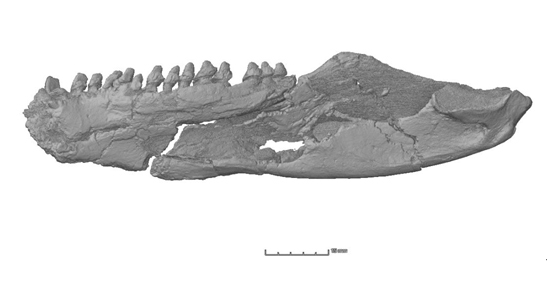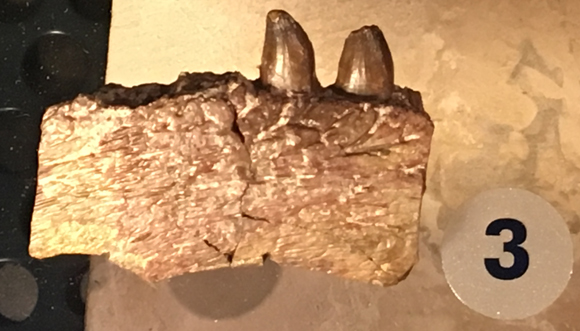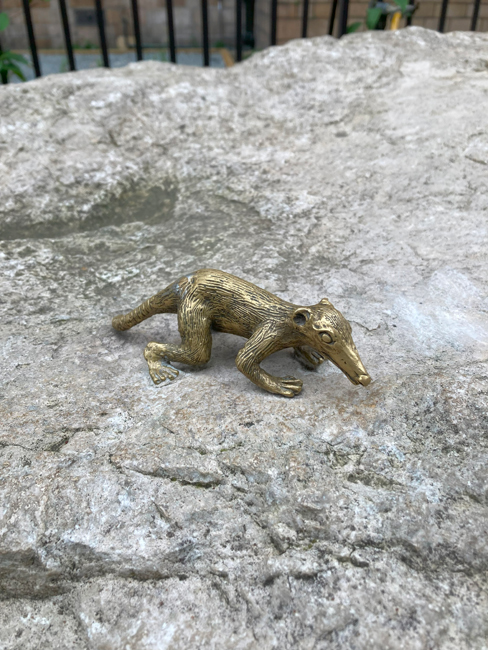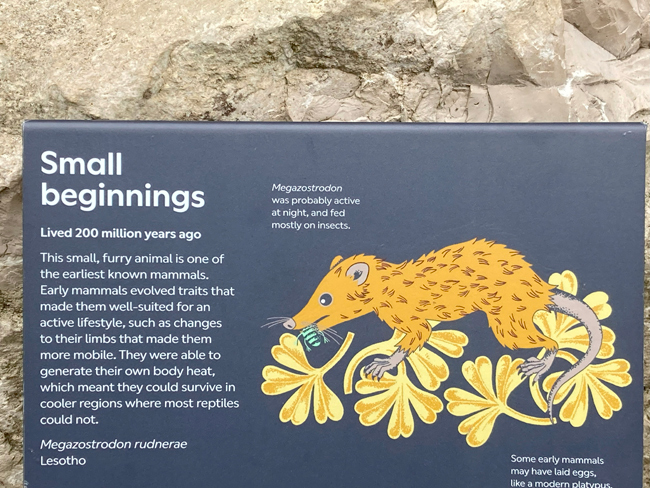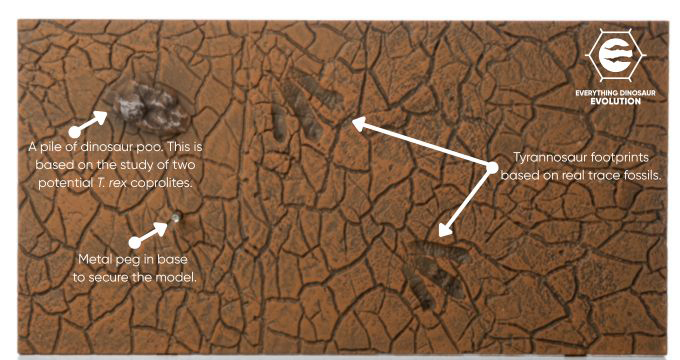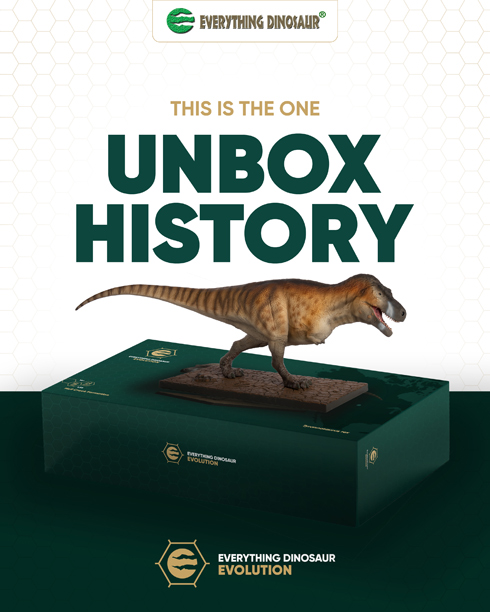New CollectA Prehistoric Animal Models for 2026 (Part 4)
Today, in our fourth and final part of the series looking at new for 2026 CollectA prehistoric animal models we introduce a phytosaur. Specifically, a CollectA Colossosuchus techniensis is being added to the company’s model range. This new phytosaur replica will be in stock at Everything Dinosaur sometime next year. It is regarded as one of the largest members of the Phytosauria known to science. A length estimate of around eight metres has been suggested. The CollectA Colossosuchus model, is the first phytosaur figure that the company has made.
- CollectA Other Prehistoric Animals Colossosuchus model measures 21 cm long (Kol-oss-oh-suk-us).

The CollectA Colossosuchus model shown in lateral view. This figure measures approximately 21 cm in length.
The CollectA Colossosuchus techniensis Model
It might superficially resemble a crocodile, but it was not closely related. It was a large quadrupedal, carnivorous archosauriform from the Late Triassic of India (Tiki Formation). The nostrils were located close to the eyes and not at the tip of the snout as in extant crocodylians. It was heavily armoured and the CollectA figure has two rows of raised osteoderms running along its back.
Colossosuchus had fang-like teeth at the front of its jaws but much smaller, conical teeth further back in its mouth. Earlier reconstructions of phytosaurs showed them with their belly close to the ground and the limbs held out sideways from the body. However, numerous tracks assigned to the Phytosauria indicate that they walked with the body held off the ground. The length of the digits and the presence or absence of claws are also different from modern crocodylians. Colossosuchus was formally named and described in 2023 (Datta and Ray).
The tip of the upper jaw projects downwards.

Three views of the new for 2026 CollectA Colossosuchus techniensis model. A replica of a Late Triassic phytosaur from India.
To view the range of CollectA Prehistoric Life models in stock at Everything Dinosaur: CollectA Prehistoric Life Models.
An Extensive Bonebed
Phylogenetic analysis nests Colossosuchus techniensis and other undescribed specimens from India within the sub-family Mystriosuchinae. The bonebed yielded twenty-seven skull and jaw specimens and over three hundred postcranial fossils. Scientist studying the fossils calculated that these were the remains of at least twenty-one individuals. Most of the fossils represented subadults or juveniles. However, some fossils indicate that Colossosuchus could reach a length of around eight metres. It is one of the largest phytosaurs described to date.
It was probably an ambush predator feeding on smaller vertebrates, but the majority of its diet could have been made up of fish.
Intriguingly, at least two more phytosaur species lived at the same time in different parts of India. The discovery of Colossosuchus highlights the rich and diverse fauna that inhabited the area that was to become India around 220 million years ago. It offers a new insight into Late Triassic ecosystems. It has been speculated that these fossils represent phytosaur diversification that coincided with the final stages of the Carnian Pluvial Event (CPE).

The CollectA Colossosuchus figure. The large osteoderms on the throat represent a “gular shield”. This feature consisted of irregular plates that served to protect the throat.
The CollectA Colossosuchus Model Colour Scheme is Based on a Mugger Crocodile
Mike from Everything Dinosaur confirmed that this phytosaur figure will be in stock in 2026 and stated.
“I think the colour scheme for CollectA’s first phytosaur is based on the Mugger crocodile (Crocodylus palustris). This is a nice touch as this crocodile is native to India and Colossosuchus probably filled a similar niche in the ecosystem.”
To read our earlier articles about new CollectA prehistoric animal figures for 2026:
New CollectA prehistoric animal figures (part 1): New CollectA Prehistoric Animal Models for 2026 – Part 1.
See the new CollectA prehistoric animal figures (part 2): New CollectA Prehistoric Animal Figures – Part 2.
New CollectA prehistoric animal figures (part 3): New CollectA Prehistoric Animal Models for 2026 – Part 3.
The Everything Dinosaur website: Everything Dinosaur – Dinosaur Models.


